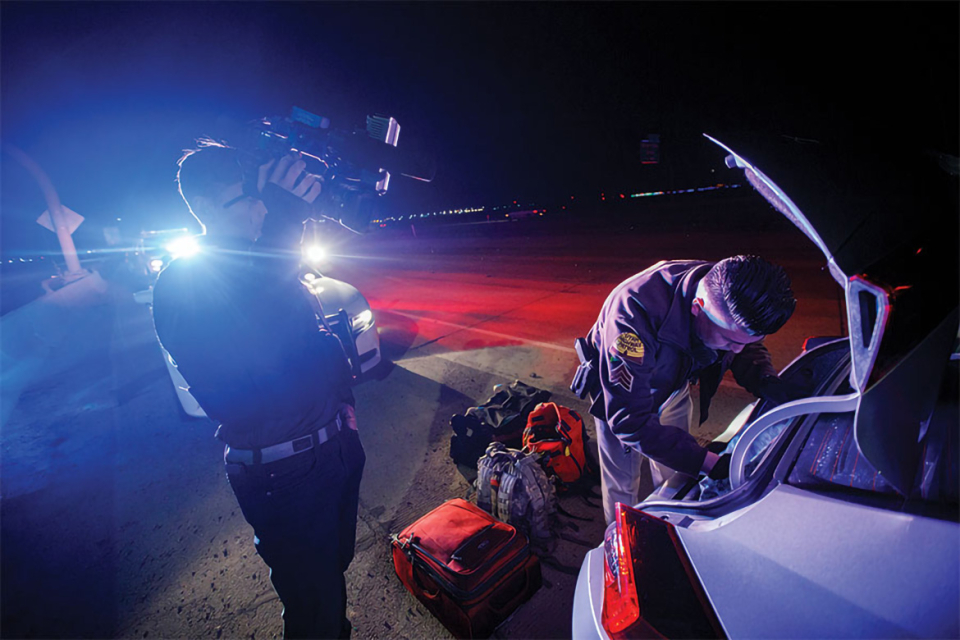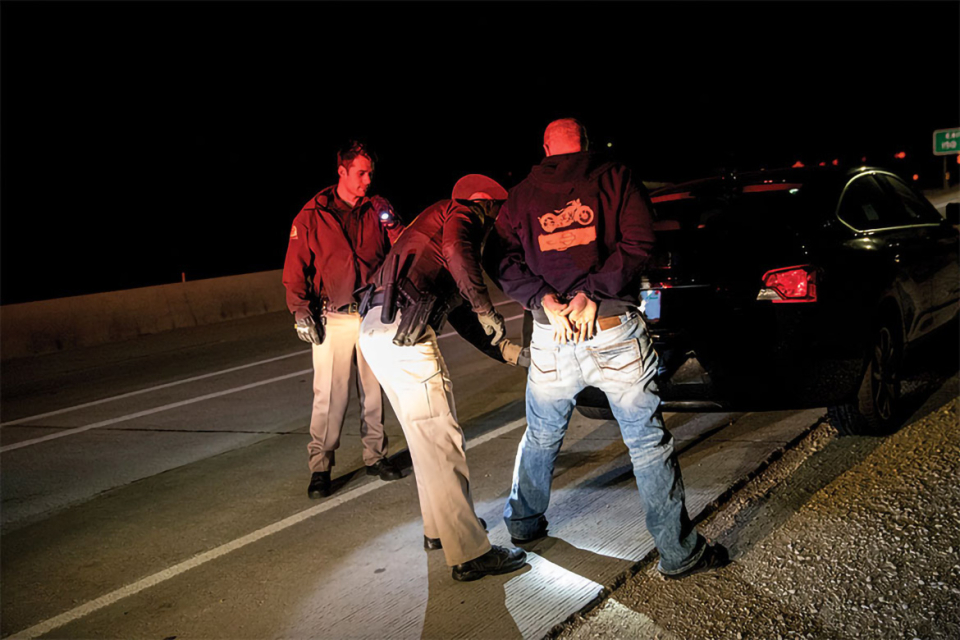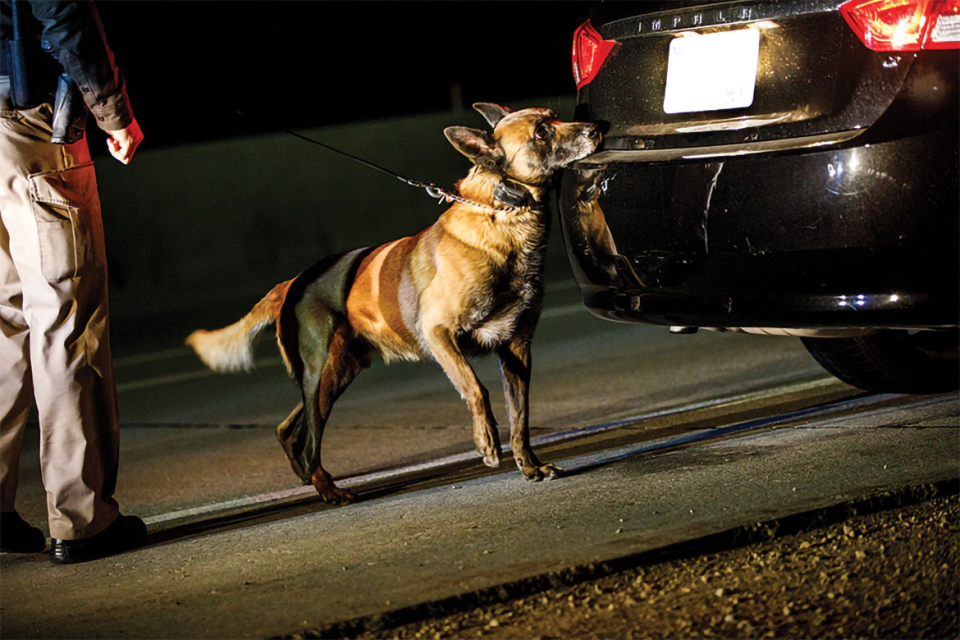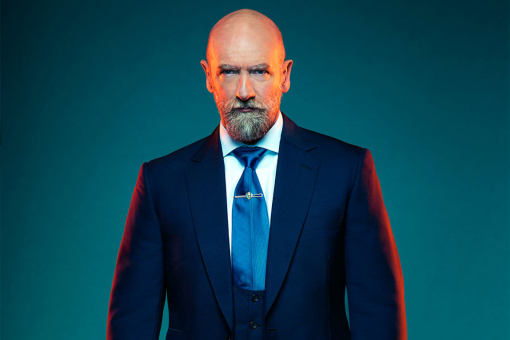It's a Friday night in Richland County, South Carolina, and an attempted traffic stop has turned into a 90-mile-per-hour car chase.
And then things turn ugly.
After the driver loses control and flips his minivan, he scrambles out and tries to escape on foot — toddler daughter slung under his arm. It's up to the pursuing officer to bring the man down, while trying not to injure the child.
And just like that, A&E's Live PD becomes a program you cannot turn off.
The series, which recently marked its 100th episode, airs in three-hour segments on Friday and Saturday nights, pulling in 36 feeds from dash cams, static cams and camera operators — all live, as the title suggests. The mission is to follow officers in six areas throughout the country simultaneously.
Since its premiere in October 2016, the show has become A&E's number-one entry among viewers 25 to 54, 18 to 49 and total viewers. It's also cable's number-one series on Friday and Saturday nights among viewers 25 to 54.
"We got the idea for the show when we saw an article about police departments tweeting from their patrol cars to keep their communities informed about their work," says Dan Cesareo, president of Big Fish Entertainment and an executive producer on the show.
"There's a massive debate about law enforcement in America. It's an incredibly polarizing issue. Our thought was this: let's take everyone in America and put them in the front seat of a police cruiser. Let them experience the job firsthand."
Hosted from New York by ABC News chief legal-affairs anchor Dan Abrams, the adrenaline-laden series is often unpredictable. "I've anchored live news coverage many times in my career," says Abrams, who has two police officers on hand to provide commentary. "But I've never had a show where we were following six live events at once…. It makes things exciting and tricky."
What about the incident with the toddler? "The skirmish between the officer and this guy, who was continuing to hold this child, was frightening," Abrams relates. "It looked like he was using the child as some sort of shield."
Over the past 16 months, the show has rotated among 28 police departments, in areas as diverse as Greenville, South Carolina; Spokane County, Washington and Jeffersonville, Indiana. Cesareo says it's Big Fish's largest production, with some 100 camera operators, producers and crew around the country. Live feed is sent to the show's New York studio via cellular technology.
"We're on the bleeding edge of technology," Cesareo says proudly, noting that small transmitters on the cameras send the signal to the cloud. "We have massive cellular bills every month."
While police were initially hesitant to sign on, Cesareo says departments are now lining up to be on the show. "We want the public to see what we do," says Lieutenant Curtis Wilson, public information officer for the Richland County Sheriff's Department. "And here you get to see an incident from the beginning to the end. You don't just get the five-second sound bite."
Or the finely edited cut.
"Officers in Nevada were serving a warrant for auto theft, and when they showed up at this home, this massive turkey ran up — and he kept showing up," Cesareo recalls. "If we had a traditional show, that would have been edited out."
Instead, the turkey soon had his own Live PD Twitter handle, with hundreds of followers. Cesareo credits the show's popularity, in part, to such quirky events. "These are the moments that make us all uniquely human."
This article originally appeared in emmy magazine, Issue No. 4, 2018
























